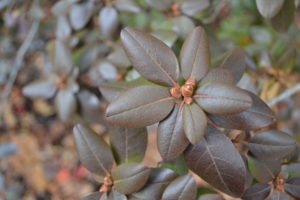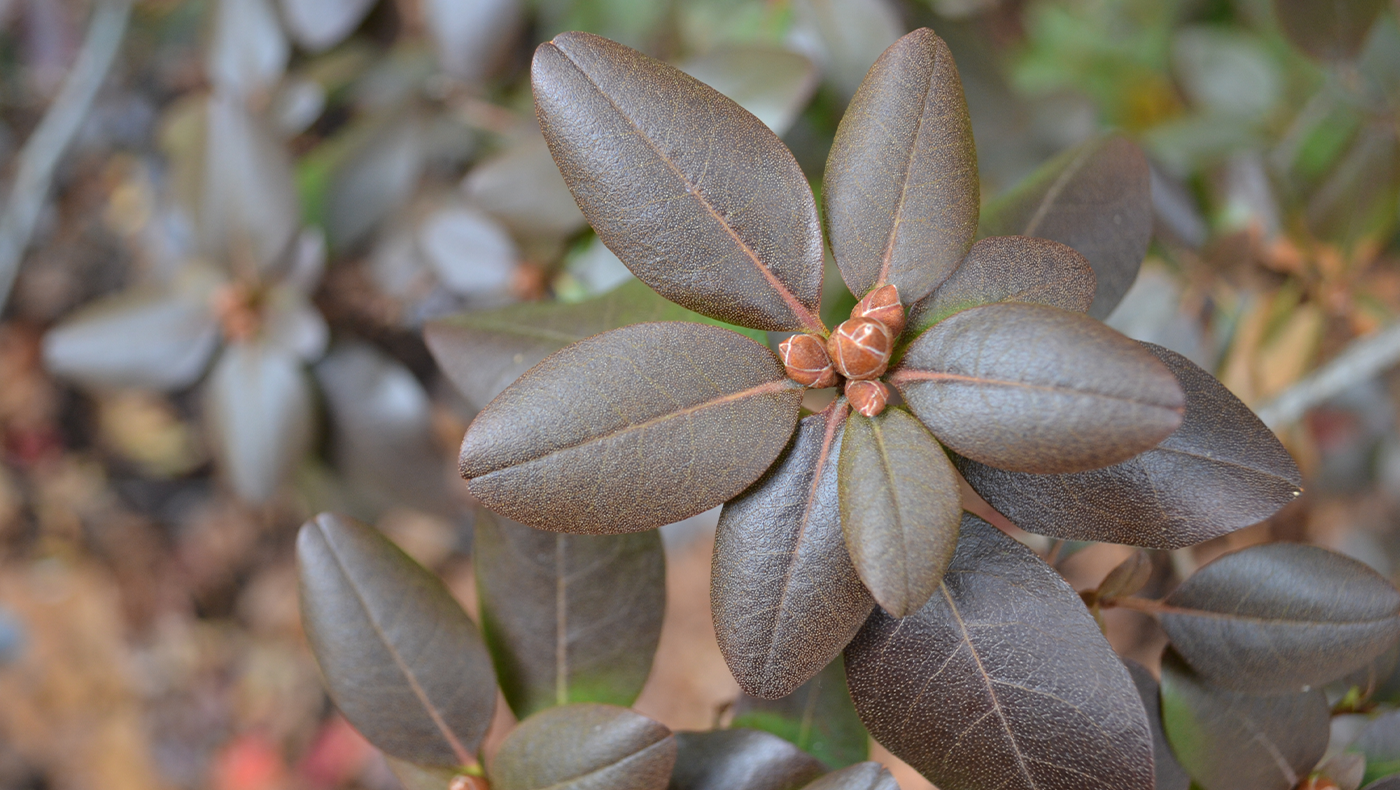With over 150 species and thousands of trees and shrubs, the Northeastern University Arboretum is a living piece of campus. The University’s arboretum group cares for the plants and advocates for environmental stewardship through research and education, and arboretum co-op students give tours of the 11.5 acres of greenery.
The plants of the arboretum bloom with flowery spring displays, provide much-needed summer shade, shower the campus with the warm tones of fall foliage, and underneath it all, they have complex mathematical patterns baked into their structure. This universal natural phenomenon is visible in the spirals of sunflower seeds, pinecone prickles, the crown and texture of pineapples, and tree branches and roots.
 Take two numbers, one smaller and one larger. If the ratio of the smaller number to the larger number is equal to the ratio of the larger number to the sum of the two, then the ratio must be the golden ratio, 1:1.618. The golden ratio, by definition, never exists with pairs of simple fractions or rational numbers that could be described within a finite number of decimal places. This key consequence is why the ratio is found so frequently in nature.
Take two numbers, one smaller and one larger. If the ratio of the smaller number to the larger number is equal to the ratio of the larger number to the sum of the two, then the ratio must be the golden ratio, 1:1.618. The golden ratio, by definition, never exists with pairs of simple fractions or rational numbers that could be described within a finite number of decimal places. This key consequence is why the ratio is found so frequently in nature.
When trees are trying to create another ring of branches above an existing ring, they don’t want to block the below branches from the sunlight. If the tree grew the same number of branches in the new ring, in a 1:1 ratio, the new branches could potentially line up and all cover the below branches. If it grew half of that number, in a 1:2 ratio, that could lead to the new branches covering one-half of the below branches and so on. Therefore, the best possible branch layout should create an irregular ratio, such as the golden ratio. Then, only a few random branches may get coincidentally covered. However, since the golden ratio cannot be created with whole numbers, trees approximate it using the Fibonacci numbers.
The Fibonacci numbers can be constructed with a simple rule: start the sequence with one and one, then the following values in the sequence are equal to the sum of the previous two values. This slowly approximates the golden ratio as the Fibonacci sequence grows. In fact, it’s the slowest possible way to reach the ratio, creating a worst-case approximation. But this works in favor of tree branches.
grows. In fact, it’s the slowest possible way to reach the ratio, creating a worst-case approximation. But this works in favor of tree branches.
“You want to make them sort of as unevenly spaced as possible,” said Evan Dummit, a Northeastern University mathematics professor with expertise in number theory. “If you translate that back into mathematical language, what you’re doing is trying to find the worst possible case of having rational approximations only a limited amount agree with each other.”
An equivalent definition for creating this spiral pattern is to simply grow the next branch one golden angle away from the previous. This angle, which can also be approximated using Fibonacci numbers, ensures that branches, flower petals, or seeds in this spiral structure are spaced out as much as possible. But, of course, plants don’t pull out a calculator and compute the Fibonacci sequence or angle.
 “It’s even neater than that,” Dummit said. Trees simply space branches as far as possible within this spiral structure, trying not to block light from other branches using chemical triggers and signals. “That will exactly reproduce this Fibonacci angle procedure without the plant really having to know, ‘okay, I want to space this out one, one, two, three, five, eight.’”
“It’s even neater than that,” Dummit said. Trees simply space branches as far as possible within this spiral structure, trying not to block light from other branches using chemical triggers and signals. “That will exactly reproduce this Fibonacci angle procedure without the plant really having to know, ‘okay, I want to space this out one, one, two, three, five, eight.’”
The simple rule followed by plants allows them to create the complex, intricate, and visually appealing Fibonacci patterns that they do. The patterns are visible within the plants of the Northeastern University Arboretum, too. To view the plants and pretty patterns, the Arboretum offers self-guided tours spanning the whole campus via their interactive map. Group tours are available by email.

